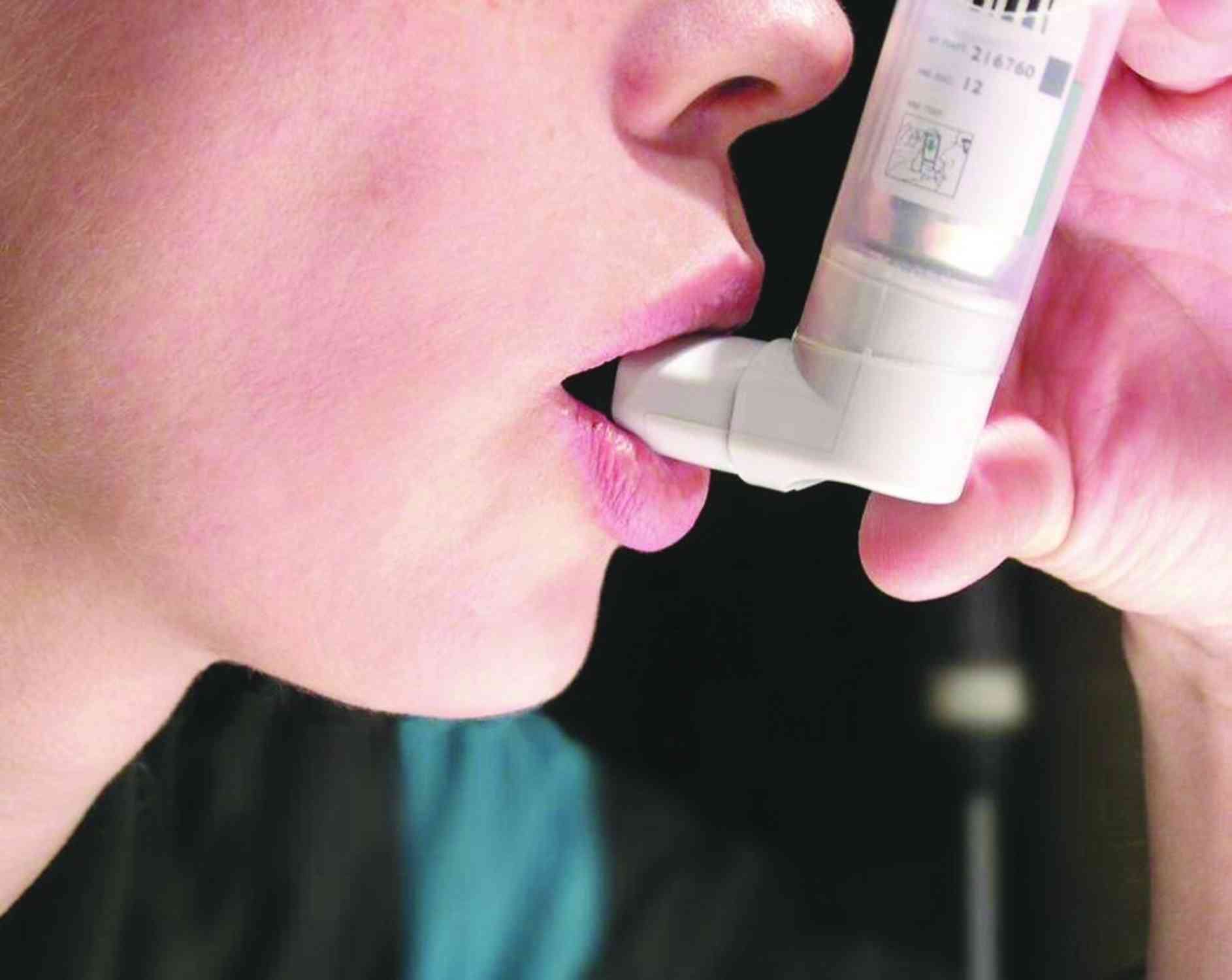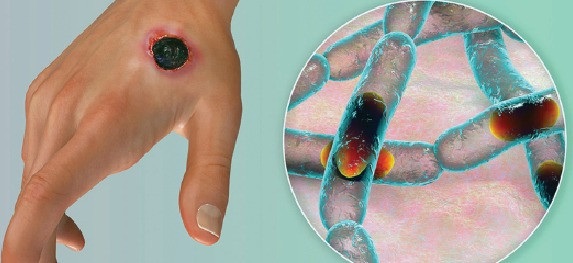
ASTHMA is a chronic condition that affects the airways in the lungs, making them inflamed and more sensitive than normal. This inflammation causes the airways to narrow and produce extra mucus, making it difficult to breathe.
According to Miyelani Mkharo, clinic manager at Cimas Health Group, asthma affects the respiratory system through airway inflammation, bronchoconstriction, and increased mucus production.
With airway inflammation, the linings of the bronchial tubes become swollen, reducing airflow. Bronchoconstriction occurs when the muscles around the airways tighten in response to triggers such as allergens, cold air, exercise, or stress, further narrowing the airways.
Increased mucus production, she added, occurs when the airways produce more mucus than normal, which can clog them and worsen breathing problems.
“We commemorated World Asthma Day on May 6. It is observed annually on the first Tuesday of May and serves as a global platform to raise awareness about asthma and improve care for those affected by this chronic respiratory condition,” she said.
“The theme for this year is ‘Make Inhaled Treatments Accessible for ALL’. It highlights the importance of ensuring that essential asthma medications are available and accessible to everyone, regardless of their geographical location or socioeconomic status.
“World Asthma Day also plays a crucial role in educating the public, healthcare professionals, and policymakers about asthma, its impact, and the steps that can be taken to improve care and outcomes for individuals living with the condition.”
She pointed out that access to inhaled treatments is a critical issue for asthma patients worldwide, particularly in low- and middle-income countries (LMICs) such as Zimbabwe.
- Cimas to invest US$8m in infrastructure…as it targets medical tourism market
- Cimas gives rural pupils a treat
- Cimas expands services in Mat’land
- Cimas feasts amid crisis
Keep Reading
“Inhaled medications, such as corticosteroids and bronchodilators, are essential for controlling asthma symptoms and preventing exacerbations. However, these life-saving treatments are often scarce, unaffordable, or unavailable in public healthcare facilities across many LMICs,” she noted.
“Addressing these challenges requires a concerted effort to improve the availability, affordability, and accessibility of inhaled asthma treatments. This includes strengthening healthcare infrastructure, reducing medication costs, and implementing policies that ensure equitable access to essential medicines.”
Mkharo said public awareness plays a vital role in improving asthma management and treatment accessibility by empowering individuals with knowledge about the disease, its symptoms, and the importance of timely and consistent treatment.
She said in many communities, a lack of understanding leads to delayed diagnoses, poor adherence to medication, and the spread of harmful myths — such as the belief that inhalers are addictive or only necessary during severe attacks.
“Awareness campaigns help dispel these misconceptions, encourage early medical intervention, and promote the use of controller medications such as inhaled corticosteroids. Furthermore, well-informed communities are more likely to advocate for better access to affordable treatments, pushing policymakers and health systems to prioritise asthma care,” she said.
Asthma is caused by a complex interaction of genetic and environmental factors that lead to inflammation and narrowing of the airways, making breathing difficult. Genetically, individuals with a family history of asthma, allergies, or other atopic conditions such as eczema or hay fever are more likely to develop the disease.
Common triggers include exposure to allergens such as pollen, dust mites, mould, and pet dander; air pollution; tobacco smoke; respiratory infections; and even weather changes. In some cases, occupational exposure to chemicals or irritants can also lead to asthma.
“The common symptoms of asthma include wheezing, coughing (especially at night), shortness of breath, and chest tightness. During an asthma attack, these effects intensify, and if not treated promptly, it can become a medical emergency,” Mkharo said.
According to her, asthma is not a one-size-fits-all condition, explaining that there are several types, each with distinct triggers, symptoms, and treatment approaches.
“The most common type is allergic (extrinsic) asthma, which is triggered by allergens such as pollen, dust mites, or pet dander. Another type, non-allergic (intrinsic) asthma, is often brought on by factors that include stress, exercise, cold air, or respiratory infections,” she said.
“Exercise-induced asthma specifically flares during or after physical activity, while occupational asthma is linked to workplace exposures such as chemicals or dust.
“In some cases, individuals may have severe asthma, which is harder to control even with high-dose medications. Recognising these different forms is crucial for accurate diagnosis and personalised treatment, helping patients better manage their condition and avoid life-threatening attacks,” she added.
Mkharo indicated that asthma treatment has evolved significantly, offering a range of options tailored to individual needs and the severity of the condition. She said current therapies focus on both immediate symptom relief and long-term control to reduce the frequency and severity of attacks.
“Quick-relief medications, such as short-acting beta-agonists, provide immediate relief during asthma attacks by relaxing tightened airway muscles,” she added.
“For long-term control, daily maintenance therapies are essential. Inhaled corticosteroids remain the cornerstone, reducing airway inflammation and preventing exacerbations. Leukotriene modifiers, such as montelukast, offer an oral alternative, particularly beneficial for those with allergic asthma.
“Advancements have also been made for individuals with severe asthma. Biologic therapies such as benralizumab and mepolizumab target specific inflammatory pathways, providing relief for those unresponsive to standard treatments.
“Personalised asthma action plans, developed in collaboration with healthcare providers, remain vital. These plans guide patients in recognising triggers, adjusting medications, and knowing when to seek medical attention, ensuring optimal disease management.
“With these diverse treatment options, individuals with asthma can achieve better control over their condition, leading to improved quality of life and reduced healthcare burdens.”
Mkharo also explained that while asthma itself is not currently preventable, experts emphasise that its symptoms can be effectively managed with the right approach.
“The chronic condition, which often has genetic and environmental roots, cannot be cured or entirely avoided, particularly in individuals with a family history of asthma. However, with proper medical care — including the use of controller medications to reduce inflammation and rescue inhalers for sudden symptoms — most people with asthma can lead full and active lives,” she said.
“Key to managing the disease is early diagnosis, patient education, and the development of a personalised asthma action plan that outlines how to avoid triggers and respond to worsening symptoms.
“Through consistent management and awareness, asthma sufferers can significantly reduce the impact of the condition on their daily activities.”
- The information in this article is provided as a public service by the Cimas iGo Wellness programme, which is designed to promote good health. It is provided for general information only and should not be construed as medical advice. Readers should consult their doctor or clinic on any matter related to their health or the treatment of any health problem. — [email protected]/ WhatsApp: 0772 161 829/ phone 024-2773 0663.











